Historic Buildings and Environmental Sustainability

The prevalent idea among building owners is that old buildings are less energy-efficient and more costly — both financially and environmentally — to maintain. Destroying old buildings and constructing new ones therefore, seem more practical than repairing and maintaining old buildings. In the United States, an estimated one billion square feet of buildings are demolished and replaced annually. According to a projection by the Brookings Institution, 82 billion square feet of existing space will be demolished and replaced between 2005 and 2030 – representing about 25% of today’s existing building stock.
CEQA and Paleontological Assessments

Paleontological finds (dinosaurs, sabertooth cats, mammoth and mastodon) regularly make the news across the country when discovered. Many are fascinated by the large “scary” creatures of Jurassic Park fame and other movies where these large creatures “feast” on people. Paleontology certainly varies from area to area on what is found and there are specialists in every imaginable kind of fossil.
SB 18-Native American Tribes and Cultural Resources Management

The following serves as an overview of the procedures and timeframes for the Senate Bill (SB) 18-the Tribal Consultation process. The State of California Office of Planning and Research has the complete Tribal Consultation Guidelines.
Senate Bill 18 and Cultural Resources Management
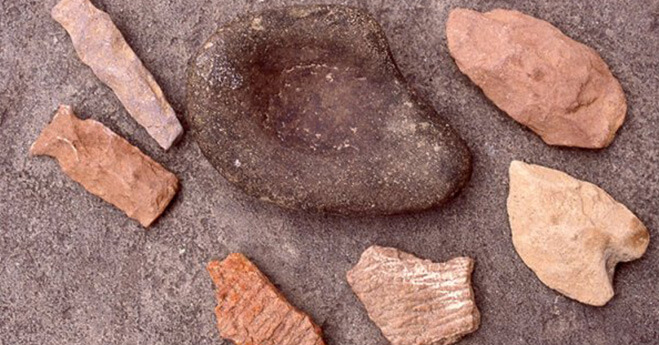
Senate Bill 18 was authored by Senator John Burton in 2003 and signed into law by Governor Schwarzenegger in September 2004. The intent of SB 18 is to provide California Native Americans with the opportunity to participate in local land use decisions during the early planning stages.
Kern County Archaeological Sites Mitigation Planning: A Case Study

In 2005 and 2006, FCS cultural resources management staff had the privilege of performing substantive archaeological investigations and analyses for a proposed off-road vehicle park northeast of Bakersfield, California. Although the project ultimately ended due to certain unavoidable impacts to sensitive plants and water resources, our work on the project demonstrated how basic research and the consideration of avoidance alternatives could be used to avoid sensitive cultural resources within a large project area.
Cultural Resources Preservation and Modern Society – A Refrain
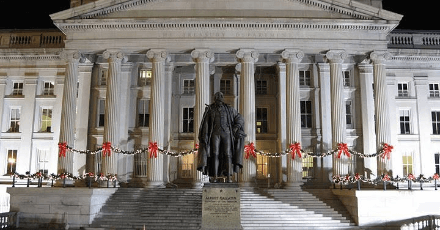
The Personal Value of Historic and Cultural Resources Management
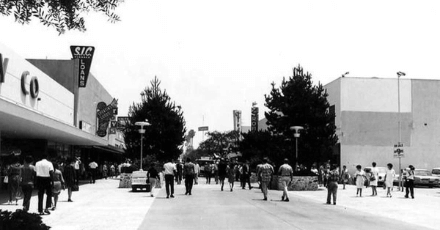
In preparation for this article, I checked out the Internet – Googling the phrases “meaning of American history,” “guidelines to historical interpretation,” “hometown histories” and so on. But I didn’t get too far because there were so many different angles one could consider, and the searches are too numerous to mention. The places we all live have unique stories to tell, and as time marches on, many of these stories can be lost if there is no effort to preserve them.
Practical and Cost Effective Mitigation Planning

Most environmental planners and (in California) CEQA experts have heard the phrase “mitigate or litigate” during their professional careers. While clever and a bit flippant, there is a lot of truth to this little timeworn rhyme. Ill-conceived and poorly executed mitigation is arguably one of the leading causes of environmental grief (legally and financially) for developers and other business entities. It is clear that environmental documents that underestimate or ignore impacts – and consequently undersize mitigation – are vulnerable to legal challenge. It is also true that mitigation “overkill” and mitigation that is ill-timed, vague or general in nature can be equally debilitating to the health of a project in terms of time and money.
American Antiquities Act of 1906 and the Legacy of Theodore Roosevelt
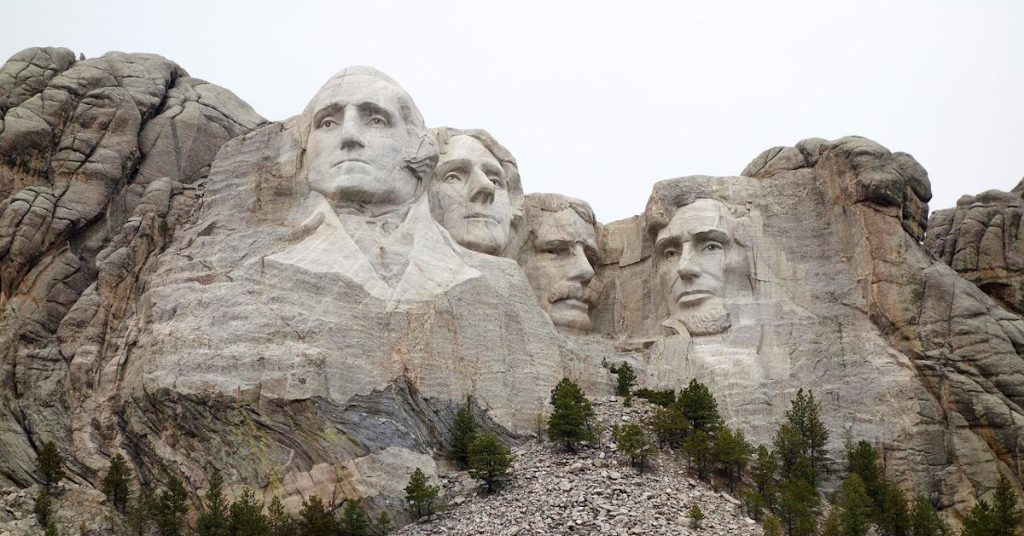
The beginnings of the Antiquities act, and the role of Roosevelt in the foundation of cultural resources management and preservation within the US.
Cultural Resources Management: What Can Historic Bottles Tell Us?

As the old saying goes, “one man’s trash is another man’s treasure,” especially if you’re an archaeologist. Various items that are typically thrown away, such as bottles, can help paint a picture of a sites’ history and are an important aspect of cultural resources management. Bottles can contain anything from ketchup, milk, beer, pickles or cold cream to champagne; what do all […]
Why History Matters for Environmental Planning and Environmental Impacts

I believe that a proud community is a community that has the ability to look back and marvel at its accomplishments.
Cultural Resources Preservation and Modern Society
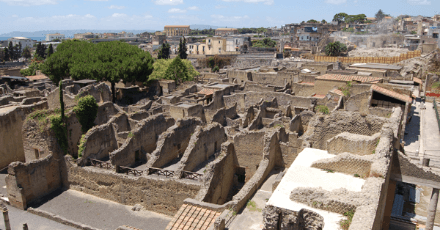
What was the beginning of cultural resources preservation in the modern world? I don’t think it was Joni Mitchell’s Big Yellow Taxi in 1970 when she aptly sang “They paved paradise and put up a parking lot, with a pink hotel, a boutique and a swinging hot spot.” But maybe it is the next lyric where she sings “Don’t it always seem to go that you don’t know what you’ve got till it’s gone; they paved paradise and put up a parking lot”. The idea of preservation of course didn’t begin there but it certainly brought into perspective that you need to recognize what you have and what you hold dear before it is all gone.